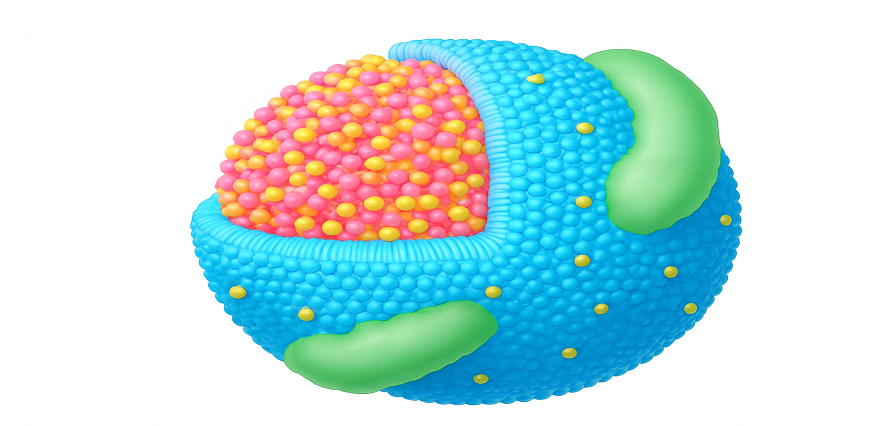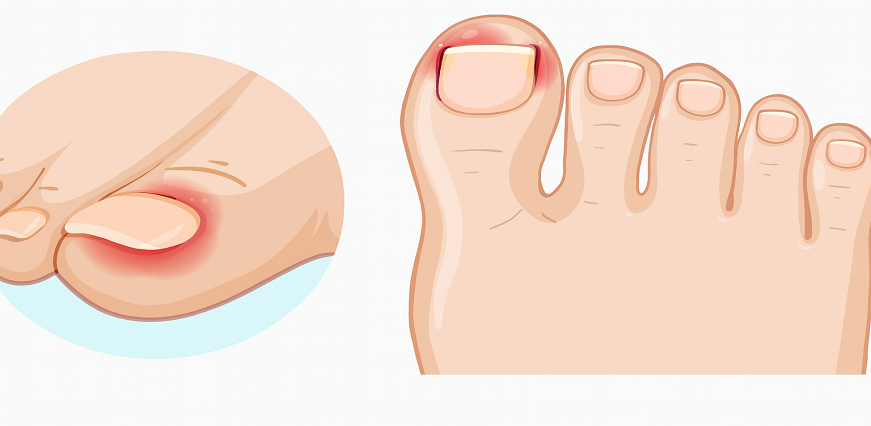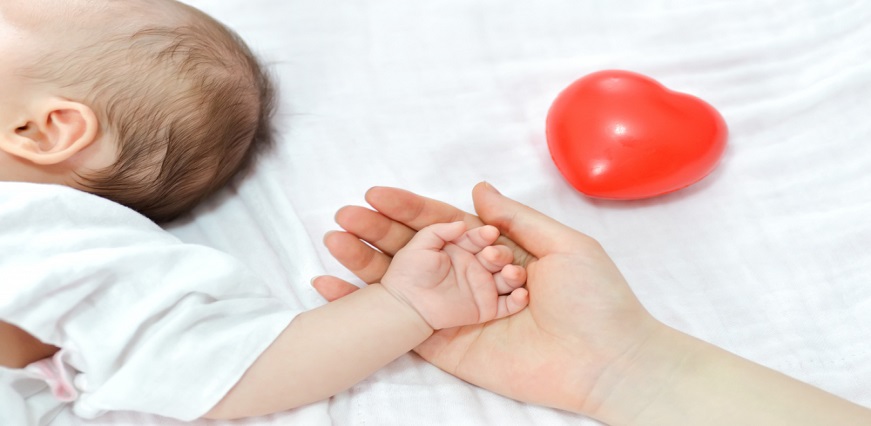Endometriosis is a common yet often misunderstood medical condition that affects millions of women worldwide. It occurs when the tissue lining the uterus begins to grow outside of it, causing pain and discomfort in various areas of the body. Despite its prevalence, many people are still unaware of what endometriosis is and how it can impact one's quality of life. In this blog post, we will explore everything you need to know about endometriosis - from symptoms and causes to diagnosis and treatment options - so you can better understand this condition's effects on your health.
What is Endometriosis?
Endometriosis is a medical condition that affects women during their reproductive years. It occurs when the tissue lining the uterus, called endometrial tissue, grows outside of it and attaches to nearby organs like the ovaries, fallopian tubes, or bladder.
Symptoms of Endometriosis
Endometriosis is a chronic condition that affects millions of women around the world. Unfortunately, it's also an underdiagnosed condition as many women may not even know they have it until they start experiencing severe pain or fertility problems. One of the most common symptoms of endometriosis is pelvic pain.
This pain can range from mild to severe and may be felt during menstruation or intercourse. Women with endometriosis often describe feeling a constant ache in their lower abdomen, which can sometimes radiate to other parts of the body like the back and legs.
Other common symptoms include:
- Heavy Periods
- Irregular Vaginal Bleeding
- Painful Bowel Movements
- Fatigue
- Infertility
Causes of Endometriosis
The exact cause of endometriosis is still unknown, but there are several theories that have been suggested. One theory suggests that during menstruation, some of the menstrual blood flows backward through the fallopian tubes and into the abdomen rather than out of the body. This can lead to the growth of endometrial tissue in other parts of the body.
It also may be caused by a problem with the immune system, which allows cells from inside the uterus to grow outside it. Hormonal imbalances could also play a role in causing endometriosis as estrogen levels can trigger its growth.
There is also a genetic component associated with this condition as women who have a close relative with endometriosis are at an increased risk for developing it themselves. Environmental factors such as exposure to toxins or chemicals may also contribute to its development.
Diagnosing Endometriosis
Diagnosing endometriosis is a complex process that involves various medical procedures. Since the symptoms of endometriosis can mimic those of other conditions, it's essential to consult with a healthcare provider if you're experiencing any discomfort or pain in your pelvic region.
During the diagnostic process, your doctor will ask you about your medical history and perform a physical exam to check for signs of endometriosis. They may also recommend imaging tests such as an ultrasound or MRI to identify any cysts or lesions caused by endometrial tissue growth.
In some cases, laparoscopy surgery may be necessary to diagnose endometriosis definitively. This minimally invasive procedure involves inserting a small camera through tiny incisions in the abdomen to visualize the reproductive organs and look for signs of abnormal tissue growth.
Treatment Options for Endometriosis
There are several treatment options for endometriosis, each with their own benefits and drawbacks. The type of treatment recommended will depend on the severity of the symptoms and the patient's personal preferences.
- Medication: One option is medication, such as pain relievers or hormonal therapy. Pain relievers can help manage discomfort during menstruation, while hormonal therapy can regulate hormone levels to reduce the growth of endometrial tissue.
- Surgery: Surgery is another option for more severe cases, particularly if there are cysts or adhesions present. Laparoscopic surgery can remove any abnormal tissue without affecting healthy organs or tissues.
- Hysterectomy: In some cases, a hysterectomy may be recommended as a last resort if other treatments have not been successful in managing symptoms.
Living with Endometriosis
Living with endometriosis can be challenging, but it is possible to manage the symptoms and enjoy a fulfilling life. One of the most important things for women with endometriosis is to find a healthcare provider who understands the condition and can provide effective treatment options.
It's also essential to create a support system of family and friends who understand what you're going through. Endometriosis can cause chronic pain that affects daily activities, so having people around who are willing to help out when needed can make all the difference.
Additionally, developing healthy habits such as regular exercise, maintaining a healthy diet, getting enough restful sleep and reducing stress levels may help alleviate symptoms. Mindfulness practices like meditation or yoga are also great ways to reduce stress and improve overall well-being.
Risk Factors For Endometriosis
One of the most significant risk factors for endometriosis is having a family history of the disease. Studies have shown that if your mother or sister has endometriosis, you are more likely to develop it as well.
Another factor that increases the risk for endometriosis is starting menstruation at an early age. Girls who start their periods before the age of 11 may be at higher risk than those who start later.
Women who have never given birth also appear to be at increased risk for developing endometriosis. Other potential risks include low body weight and high levels of estrogen in the body.
Conclusion
Endometriosis is a debilitating condition that affects millions of women worldwide. It can cause severe pain, heavy menstrual bleeding, and infertility. However, with proper diagnosis and treatment, it is possible to manage the symptoms of endometriosis effectively.
If you are experiencing any symptoms of endometriosis, I encourage you to speak with your healthcare provider as soon as possible. Remember that early detection is key in managing this condition.













 7982100200
7982100200



















 To reach our help desk call 9213188888
To reach our help desk call 9213188888.png)
Comments